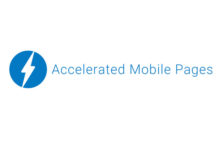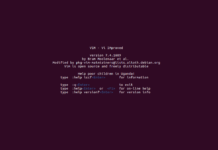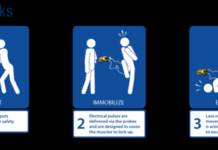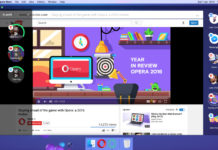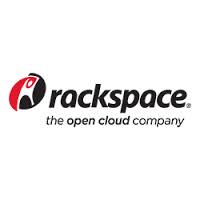A new study by Rackspace ® Hosting (NYSE: RAX) suggests that while the public cloud remains important to IT decision-makers at UK and US enterprises involved in the research, the limitations of using this type of platform as a one-size-fits-all solution are becoming more apparent.
The future is hybrid
The Rackspace study, conducted by independent technology market research specialist Vanson Bourne, investigated the use of different types of clouds – public, private and hybrid – along with dedicated servers by UK and US enterprises*. The study found that 60 percent of respondents have moved or are considering moving certain applications or workloads either partially (41 percent) or completely (19 percent) off the public cloud because of its limitations or the potential benefits of other platforms, such as the hybrid cloud**.
The research also shows that the majority (60 percent) of IT decision-makers see hybrid cloud as the culmination of their cloud journey, rather than a stepping stone to using the public cloud alone for all their cloud needs***.
John Engates, CTO of Rackspace, says: “The findings of our study indicate that the hybrid cloud is the next cloud for many organizations. They may have started with a public cloud-only architecture, but have come to realize the limitations of this approach as they’ve continued on their cloud journey. They turn to the hybrid cloud because it can combine the best of public cloud, private cloud and dedicated servers, delivering a common architecture that can be tailored to create the best fit for their specific needs. For example, instead of trying to run a big database in the public cloud on its own, which can be very problematic, businesses can leverage the hybrid cloud to run that database much more efficiently on a dedicated server that can burst into the public cloud when needed.”
For example, Darren Robertson at Action for Children, says: “In the past we used public cloud for many of our applications and workloads, but as we grew it became clear that some of these applications were becoming too complex for a public cloud-only deployment. We chose a hybrid cloud solution from Rackspace, which includes public cloud, to ensure adequate control over our infrastructure, and have also enjoyed performance, reliability, security and cost benefits.”
Action for Children, one of the UK’s largest and most prominent charities, uses Rackspace’s Hybrid Cloud to get the privacy, security and control of dedicated servers, but the ability to burst into a public cloud when necessary. Dedicated hardware – in the charity’s data center but managed by Rackspace – is used to host sensitive data relating to children and families. Rackspace’s Public Cloud provides the agility to accommodate spikes in website demand. The charity uses the same cloud for Big Data analytics, placing on it a Hadoop cluster of anonymized customer, donor and fundraiser data, so that it can provide its diverse user groups with bespoke online experiences to improve engagement and support.
Many benefits
Rackspace’s study also found that hybrid cloud is now used by nearly three quarters (72 percent) of respondents for at least a portion of their application portfolio, with US organizations (80 percent) more likely to use it than UK organizations (64 percent). The top reasons respondents gave for why their organization is using hybrid cloud instead of a public cloud only approach for certain applications or workloads are better security (52 percent), more control (42 percent), and better performance or reliability (37 percent).
Reinforcing these findings, hybrid cloud users report the top benefits they’ve experienced from it are more control (59 percent), better security (54 percent), better reliability (48 percent), reduced costs (46 percent) and better performance (44 percent). Specifically, the average reduction in overall cloud costs from using hybrid cloud – for those who have seen a reduction – is substantial, at 17 percent.
Matt McClure, Vice President, Chief Architect at MapMyFitness says: “There’s no excuse for downtime. None. Especially now that the world has gone social and digital life is lived at an always-on, real-time pace.
At MapMyFitness, we know this very well. We run the web’s largest social network of fitness enthusiasts and a wide array of enterprise solutions. With a suite of web and mobile applications that use built-in GPS technology, we allow our users to map, record and share their exercise routes and workouts online (currently about 400,000 activities being logged daily). They can also search more than 80 million global routes, use online training tools, track nutrition, leverage fitness calculators and search local event listings.
Powering the data of 17 million users worldwide (a number that is expected to double in the next year) and not allowing downtime as an option brought us to the Rackspace Hybrid Cloud, through which we leverage dedicated and Cloud Servers, dedicated and Cloud Load Balancers, SAN, Cloud Files and more.”
( Courtesy : Rackspace Press )













